Kermanshah’s traditional bazaar was built about 200 years ago during the reign of Kermanshah’s ruler, Mohammad Ali Mirza Dolatshah who was the first son of Fath Ali Shah Qajar and was seven months older than Abbas Mirza, the Crown prince, but because his mother was not from the Qajar tribe, he could not replace the king.
During the economic boom of the region and the Silk Road crossing, this bazaar was the main place of trade for European and Asian traders.
The traditional bazaar of Kermanshah, like all the traditional bazaars of Iranian cities, is a covered bazaar and in its time it was the largest indoor bazaar in the Middle East. After the formation of western customs in Kermanshah during the Qajar period, the city flourished rapidly. It helps a lot to develop the city. After him, his son, Imam Qoli Mirza Dolatshah, also known as Mirza Emad-al-Dawla, built several cultural, commercial and religious buildings, and expanded the Kermanshah traditional bazaar.
To introduce Kermanshah traditional Bazaar, we would like to introduce you to some common words in the architecture of Iranian bazaar.
Hojre
Hojre is the most important and at the same time the simplest and smallest element in the bazaar. The hojre on the ground floor served as shops and stalls.
Timche
Timcheh means small caravanserai and is the covered part of the caravanserai and was a place to store expensive goods.
Caravanserai
The most important architectural space in the bazaar is the caravanserai. The caravanserai was an introverted space with a central courtyard with hojre on one or two floors on all four sides.
Kermanshah traditional Bazaar is currently divided into four parts due to the crossing of the main streets of the city. This bazaar is made up of many bazaar segments.
Kermanshah traditional Bazaar with 18 lines such as Bazaz ha, Zargar ha(Gold Seller), Dark Bazaar (Spice Dealers), Jewish Bazaar (Islamic Bazaar), Cookies, etc. as well Charsouq, Timcheh, caravanserais, mosques, Takayas, and cafes are still a bustling place, reflecting the beautiful views of the architects of the past and the rich culture of the area.
With the changes that took place in the big traditional bazaar of Kermanshah, many jobs were forgotten forever. The Toop Khane bazaar has been booming for a long time and has been almost abandoned, but it has been revived for several years.
Also, in Kermanshah traditional Bazaar, there are three important caravanserais named Vakil-al-Dawlah, Haj Ali Mohammad Hamedani, and No (New) caravanserais. Each of which is unique with its own special features.
Vakil-Ol-Dawla caravanserais
Vakil-Ol-Dawla caravanserais is actually a collection of four courtyards and a corridor, each of which can be considered an independent In the middle of the larger courtyard is the pool complex, which has now been turned into a garden.

No caravanserais
The No caravanserais consist of two courtyards and a corridor. The shops are symmetrically placed around the courtyard, all shops have been abandoned and are only used as stores. The construction of the Imperial Bank, the first bank of Kermanshah, is also located in the middle of the main courtyard.
Haj Ali Mohammad Hamedani caravanserais
Haj Ali Mohammad Hamedani’s caravansera is located in the Faizabad neighborhood, which is outside the bazaar today, but in the past, it was considered part of the Kermanshah traditional bazaar. Haj Ali Mohammad Hamedani’s caravanserai has two floors and a basement. The entrance of the building is tiled.
Where to eat near traditional bazaar of kermanshah
Near bazaar, there is an old house called Soori’s house that has recently become a traditional restaurant, that you can not only use the Soori’s House restaurant to eat traditional Kermanshahi food but also enjoy the historical house & take pictures with local costomes only in the night.
where to shop near traditional bazaar of kermanshah
To get souvenirs from your trip to Kermanshah, you have many and varied choices, like Nan Khormaei (date bread), Nan Berenji (rice bread), and Nan Shekari (sugar bread), Kak and Bezhi sweets.
Where to stay near traditional bazaar of kermanshah
There are small inns near the Traditional bazaar at a very cheap price in the historical context of Kermanshah. But the closest hotel to bazaar is the 4-star Parsian Hotel, Jamshid Hotel, and Sina Hotel. And the only Kermanshah’s hostel, the Oak hostel, is located in the historical context of Kermanshah and near this bazaar.
The best time to travel to Kermanshah
The best time to visit Traditional bazaar is in spring. Due to its beautiful garden in caravanserais & pleasant weather in April and May. The weather is well in October and November as well, and it is a good time to visit, but the greenery of the area is not as good as spring.
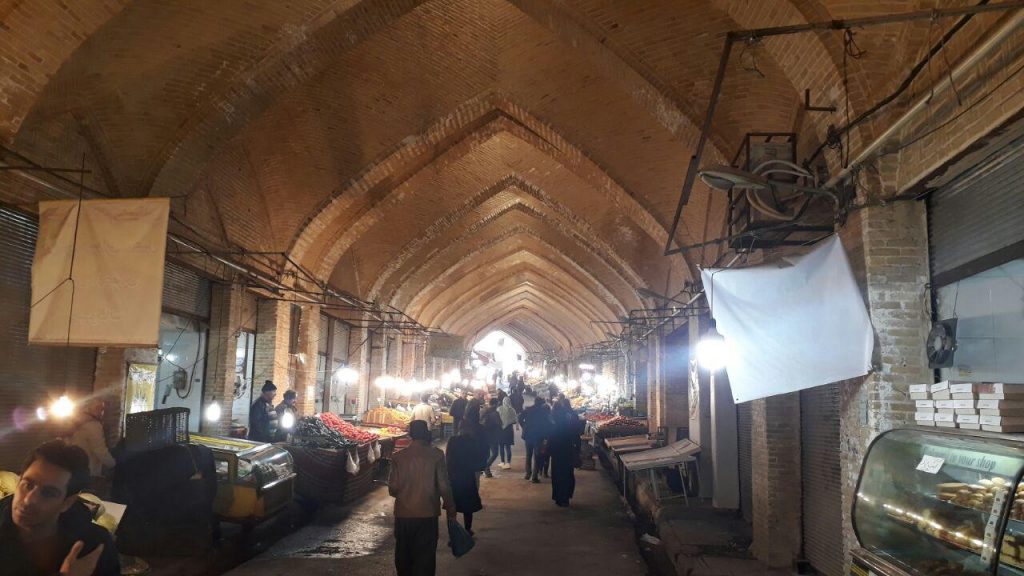
Other tourist attraction of kermanshah
Other attractive tourist attractions near traditional bazaar include Takie Moaven-Ol-Molk & Takie Biglar Beigi that is located in the Kermanshah traditional context, Sarem-Ol-Doeleh House, Emad Al-Dawlah Mosque, Shafei Mosque, Haj Shahbaz Khan Bath, all of which are located in Kermanshah Traditional Bazar, which includes numerous caravanserais, beautiful shops & stores. Also, Tagh Bostan located in the northern of Kermanshah.
Other tourist attraction located exactly in Traditional bazaar of Kermanshah:
Emad Al-Dawlah Mosque
Shafei Mosque
Haj Shahbaz Khan Bath
Hossein Golzar Zurkhaneh
Location of Traditional bazaar of kermanshah
This bazaar is located in the central part of the historical context of Kermanshah, In Hadad Adel(Modares) Street (near the Grand Mosque).
How to get to traditional bazaar of kermanshah
To reach bazaar, you can use public transportation such as buses or taxis.
By bus: Next to bazaar, there is a bus stop in Hadad Adel(Modarres ) street.
By personal car: If you want to rely on a personal car, don’t worry about parking anymore because of the several proximity parking that worked in day & night.

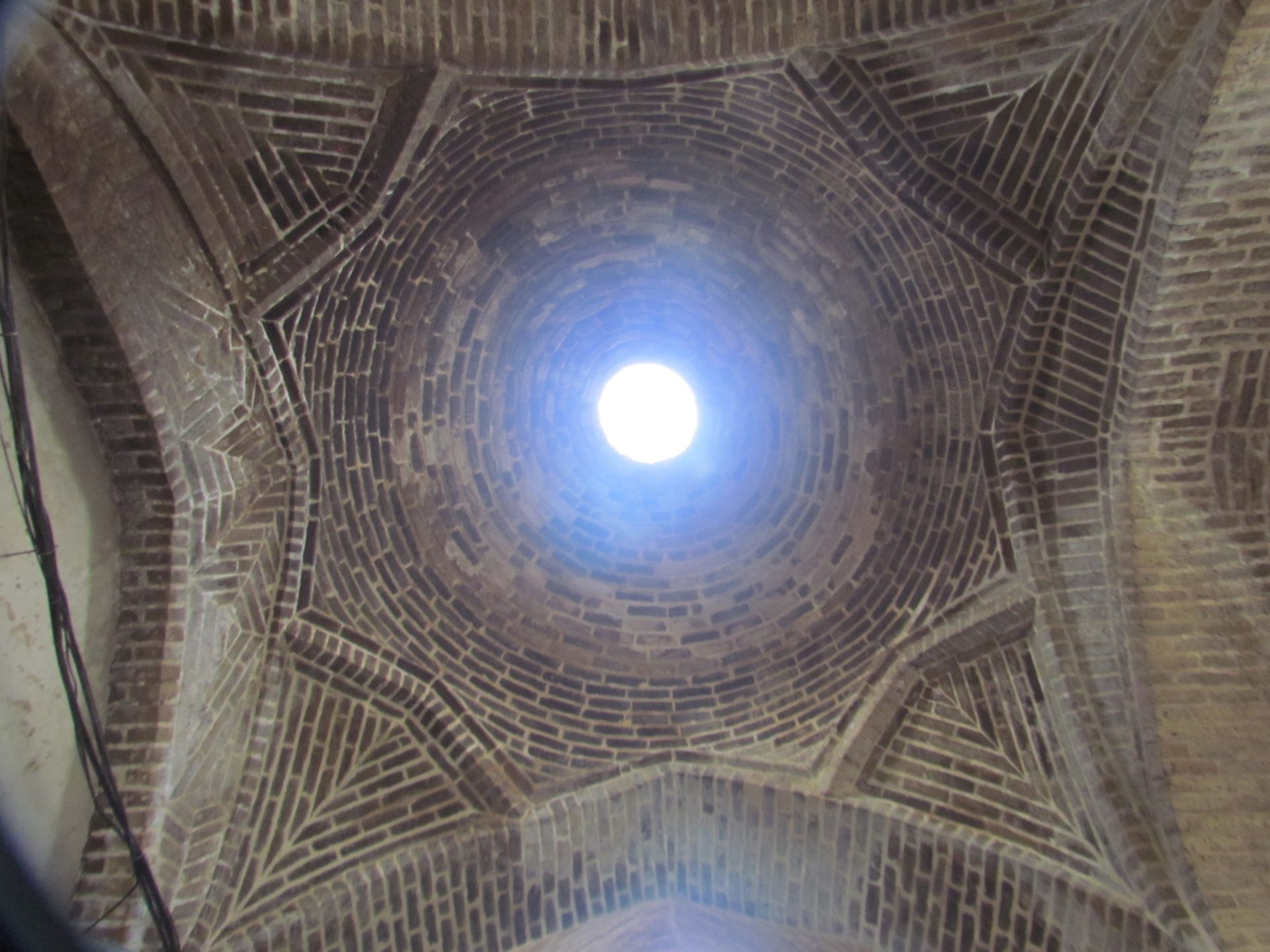
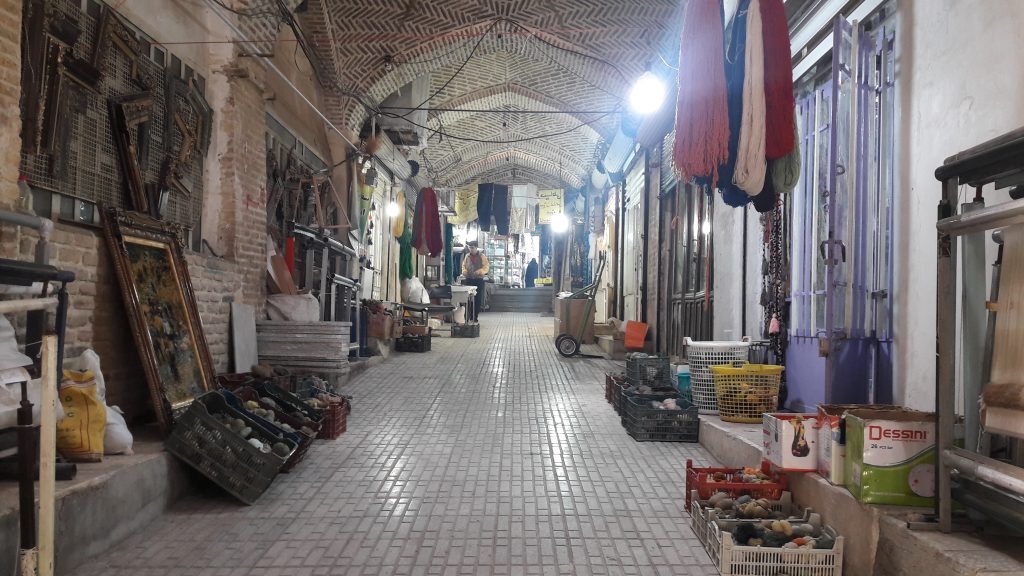
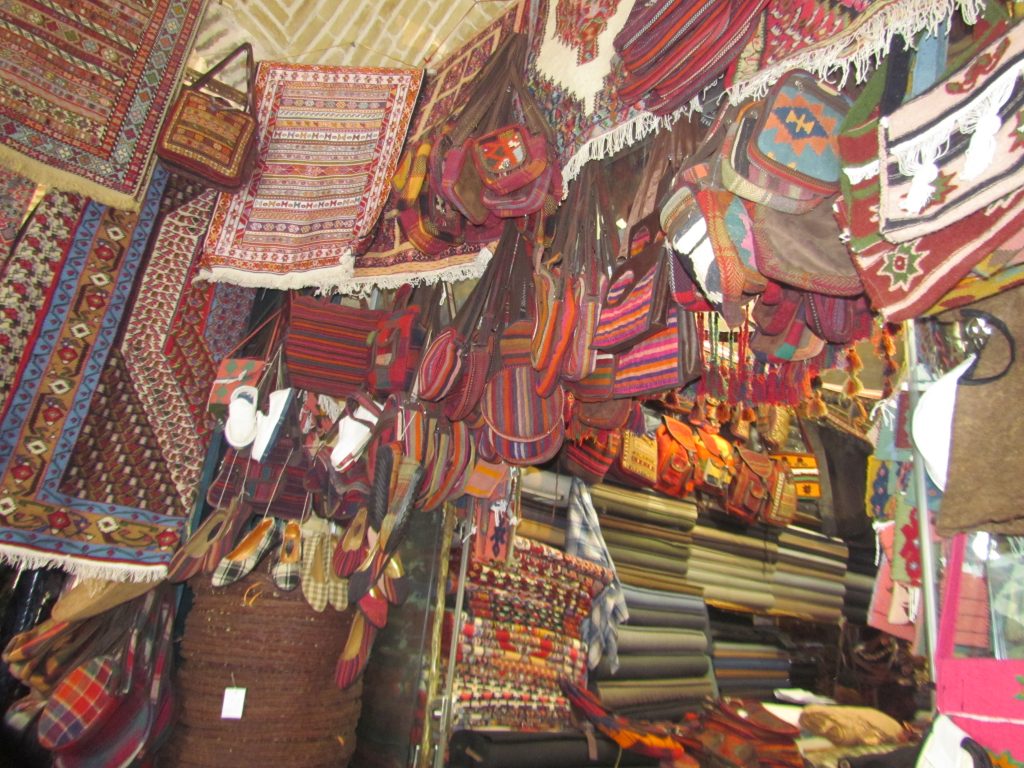


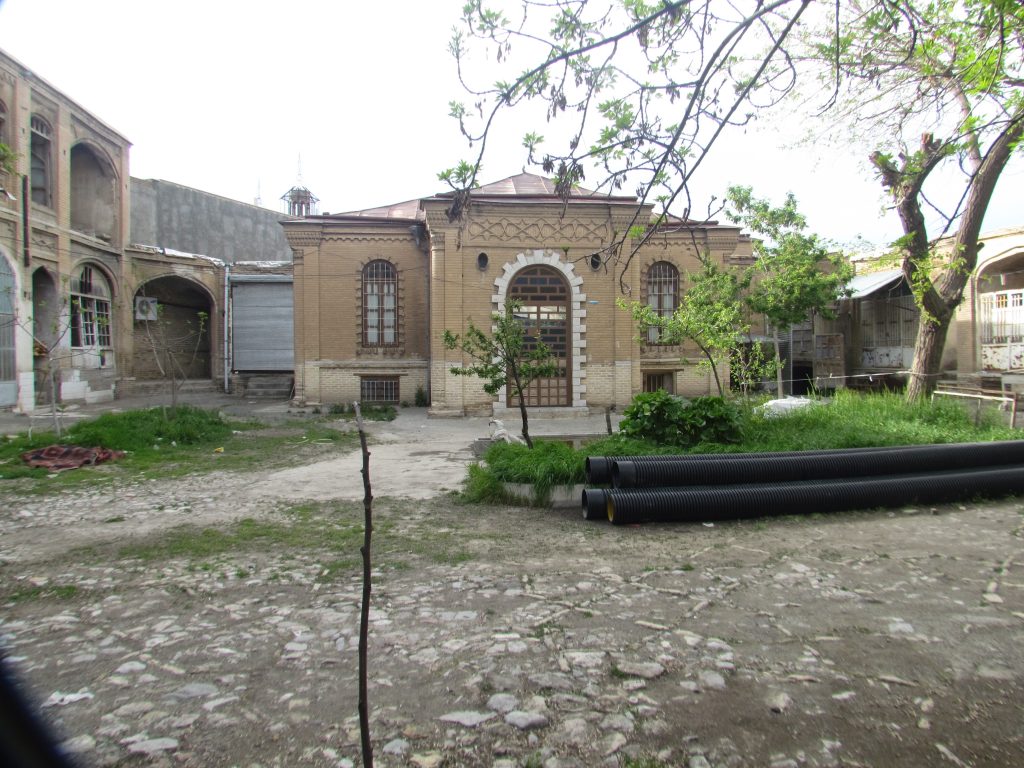



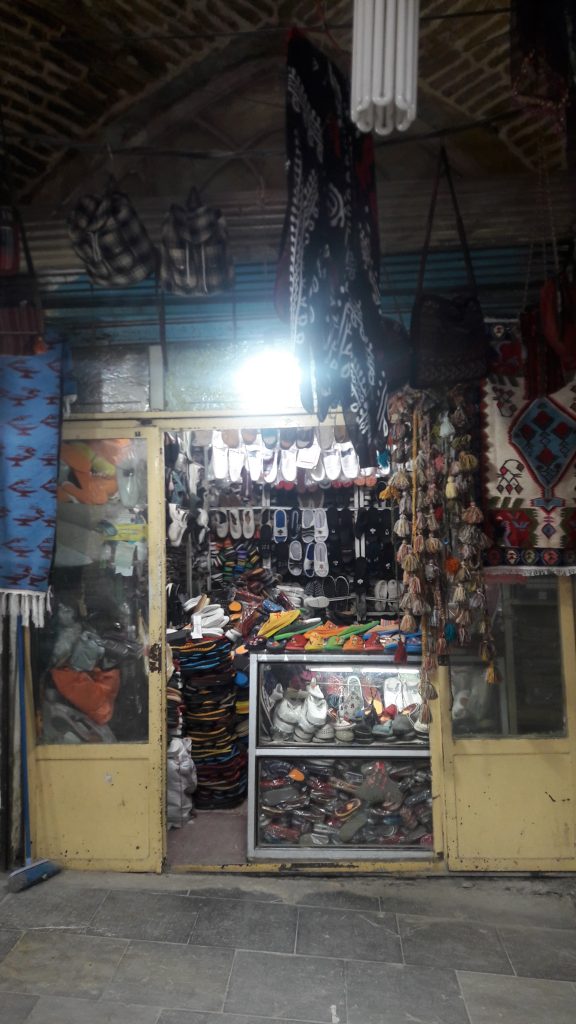
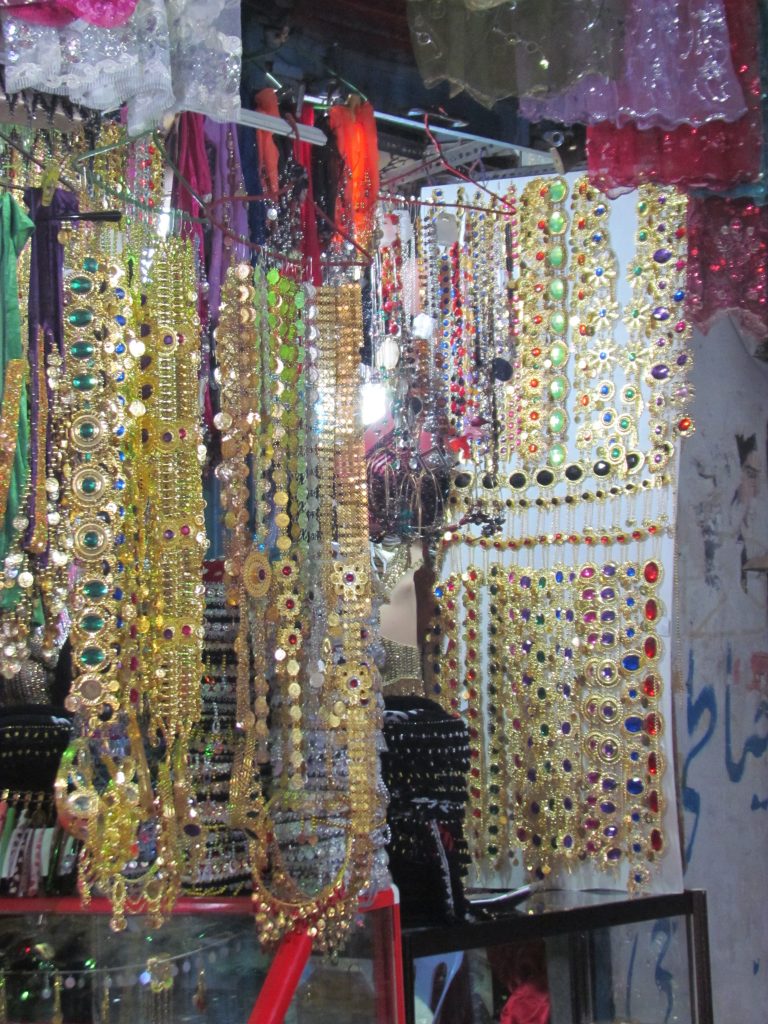

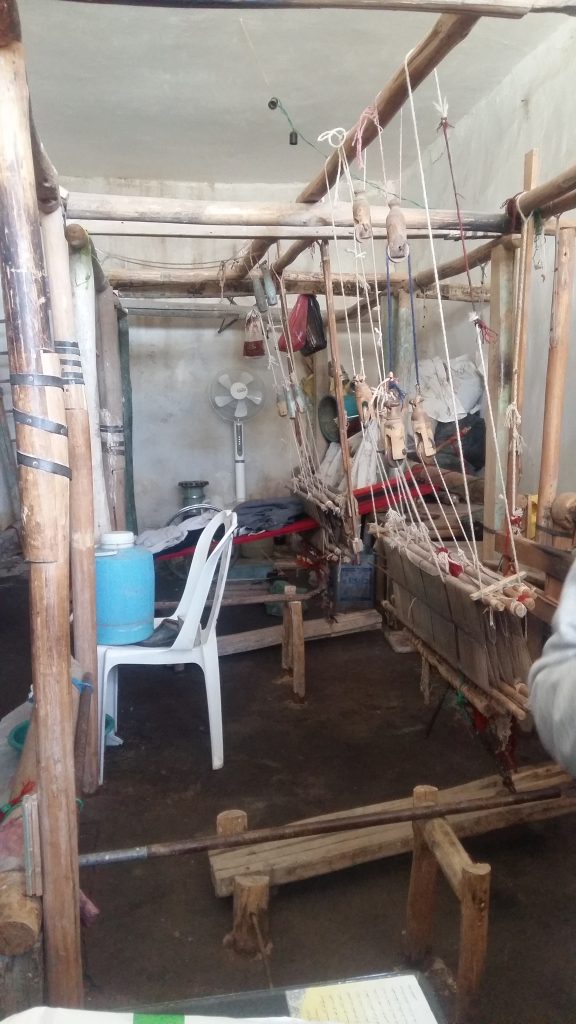

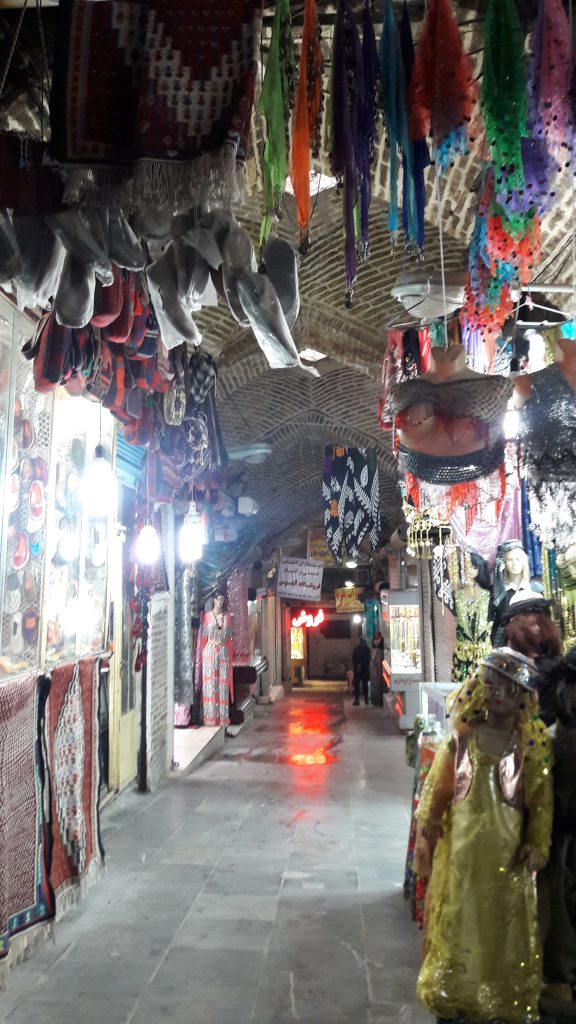
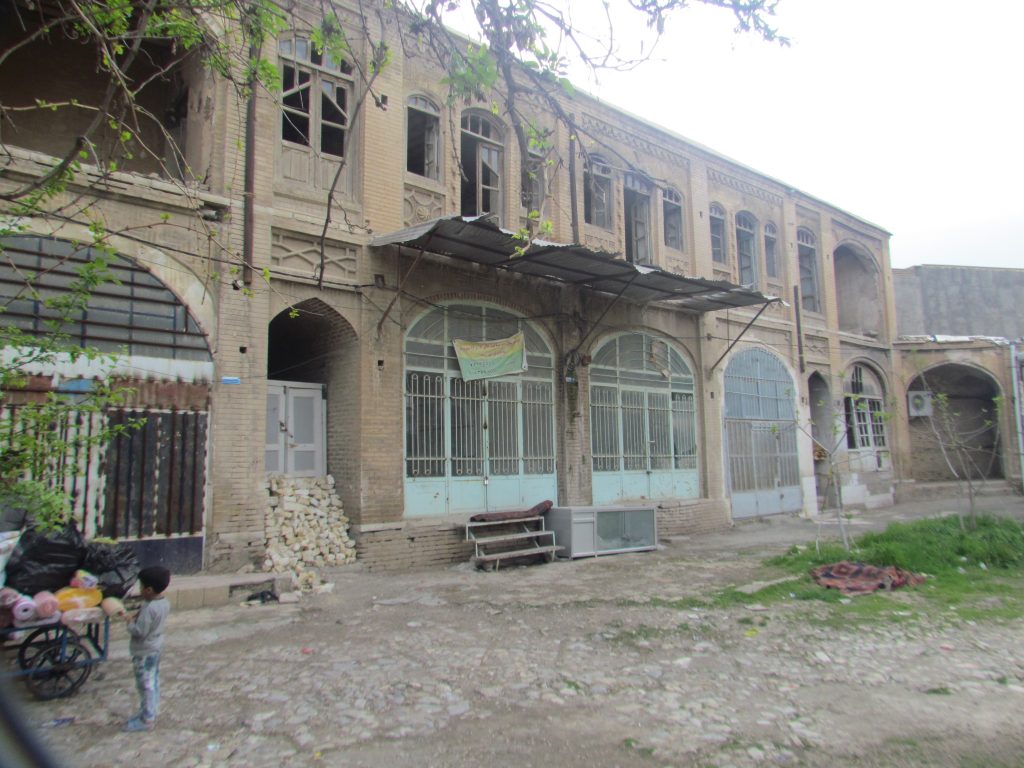
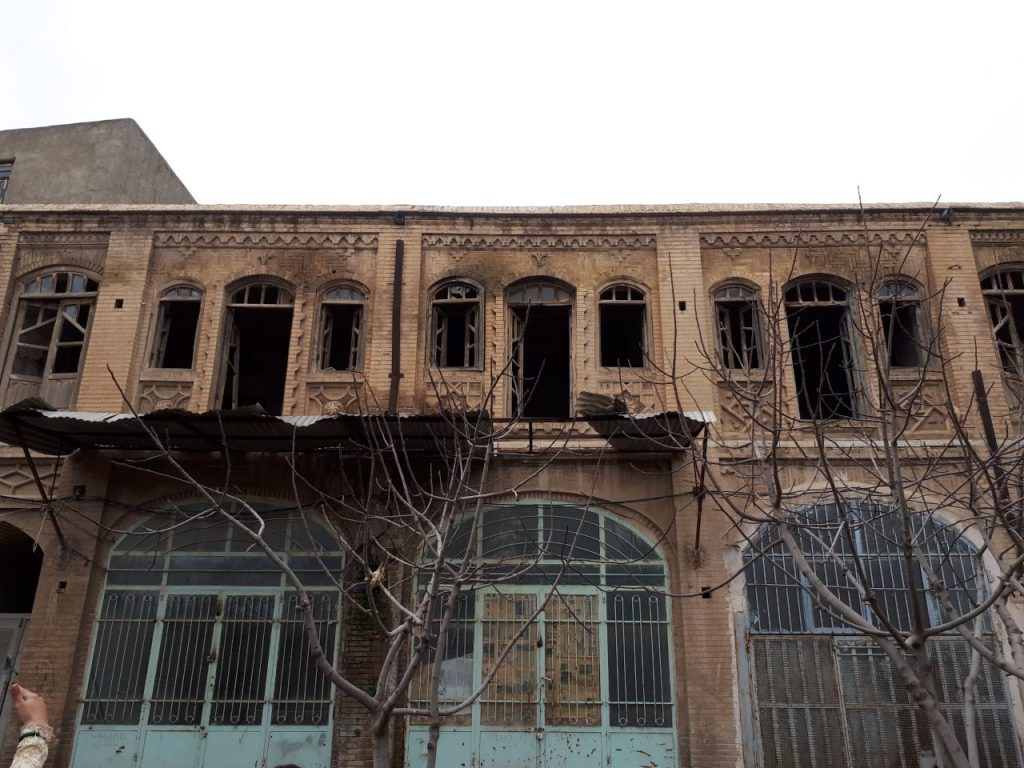


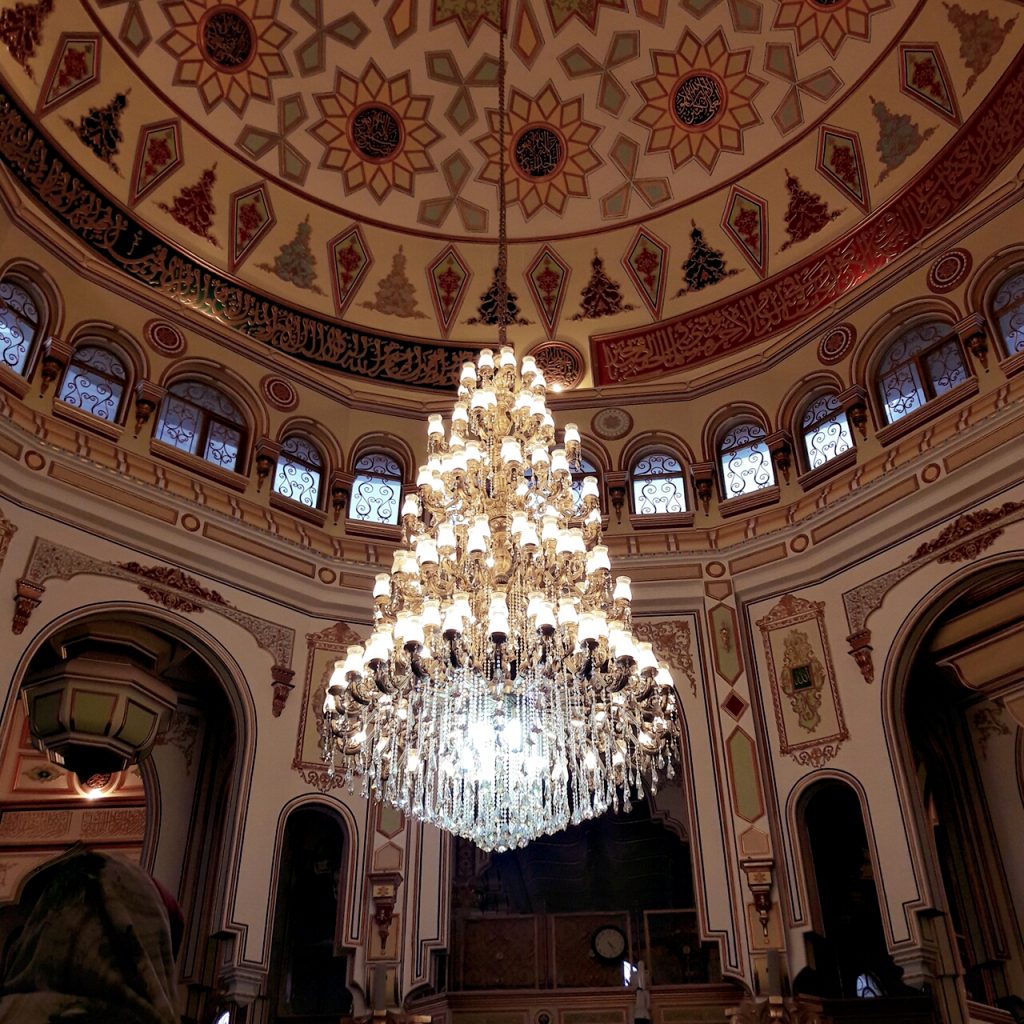


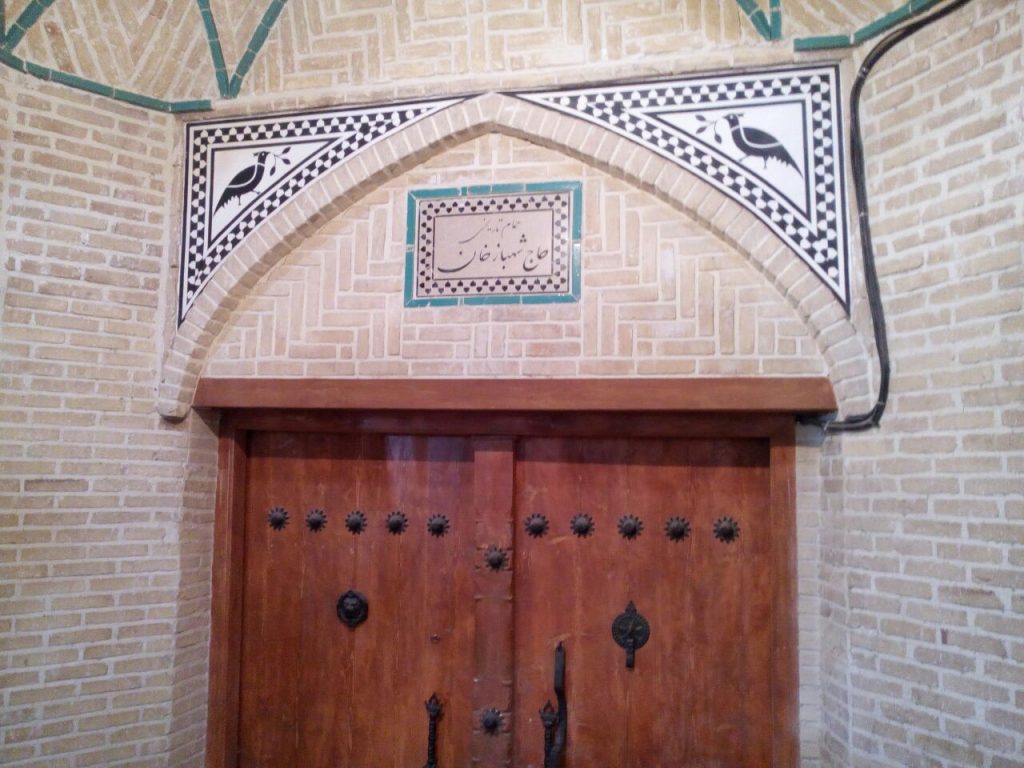
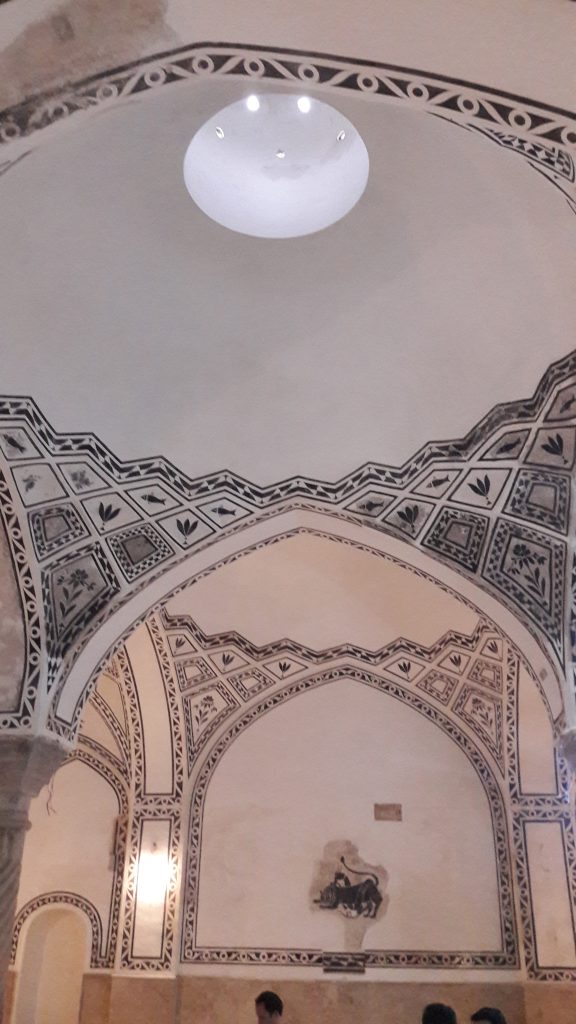
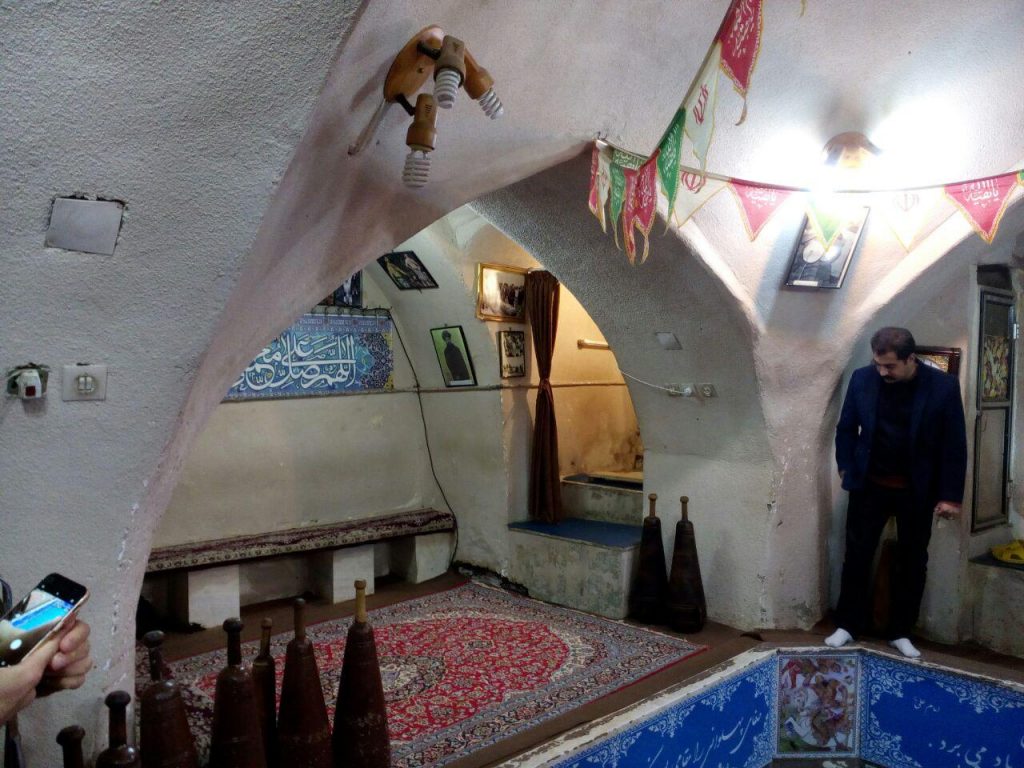
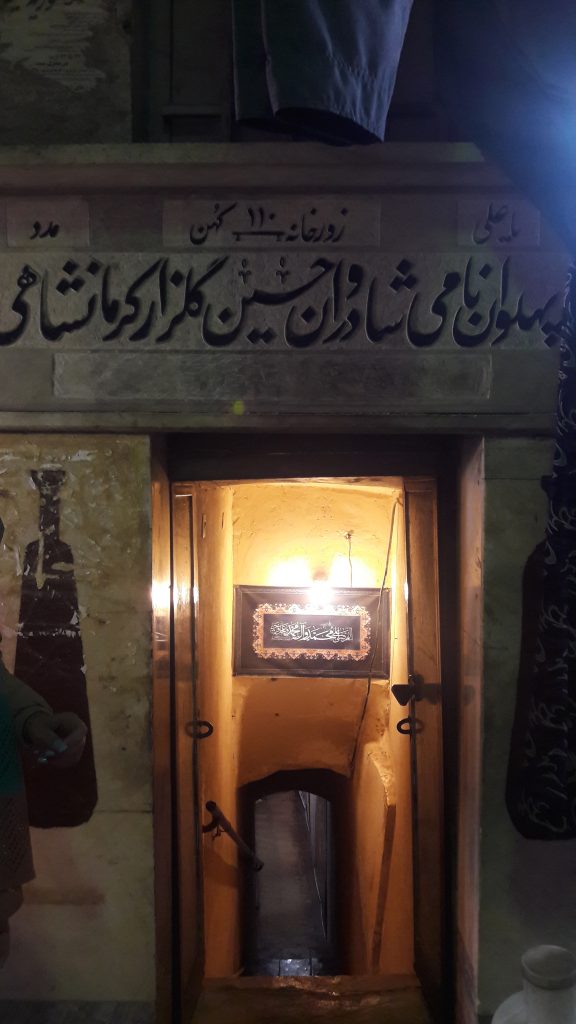
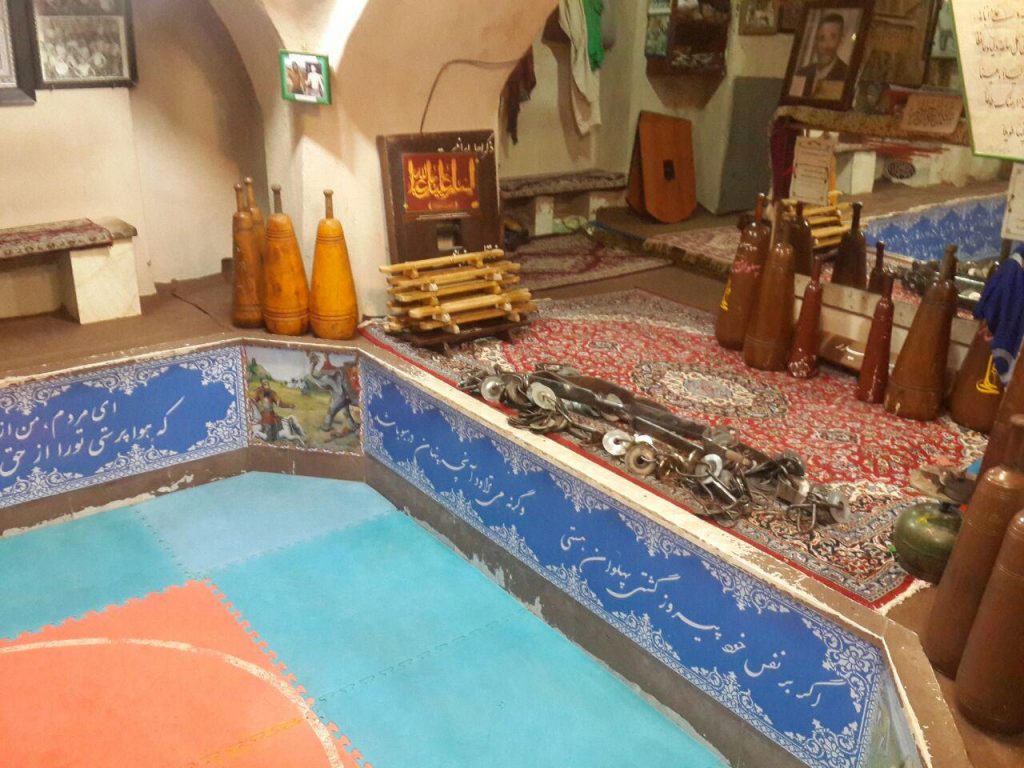
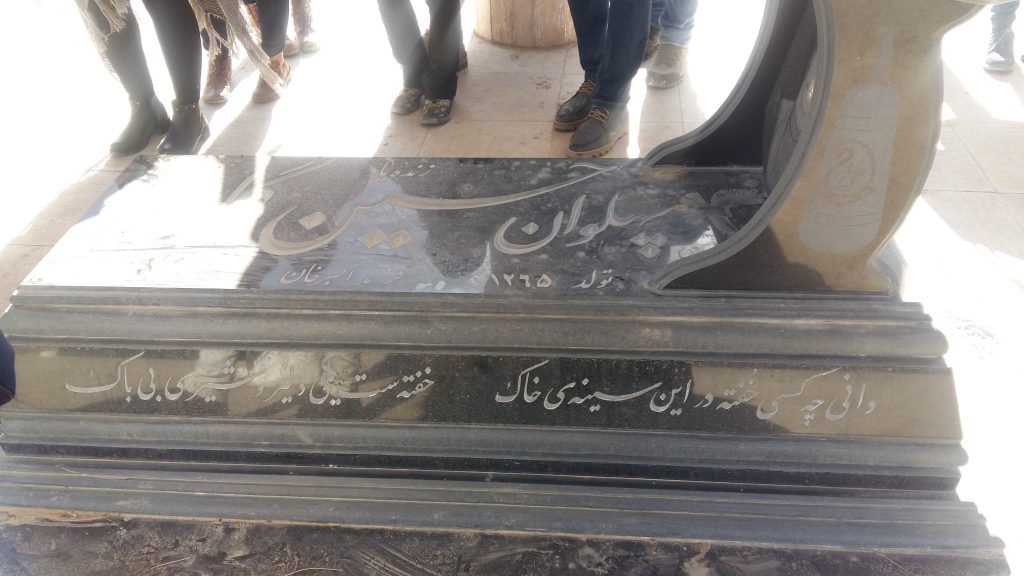
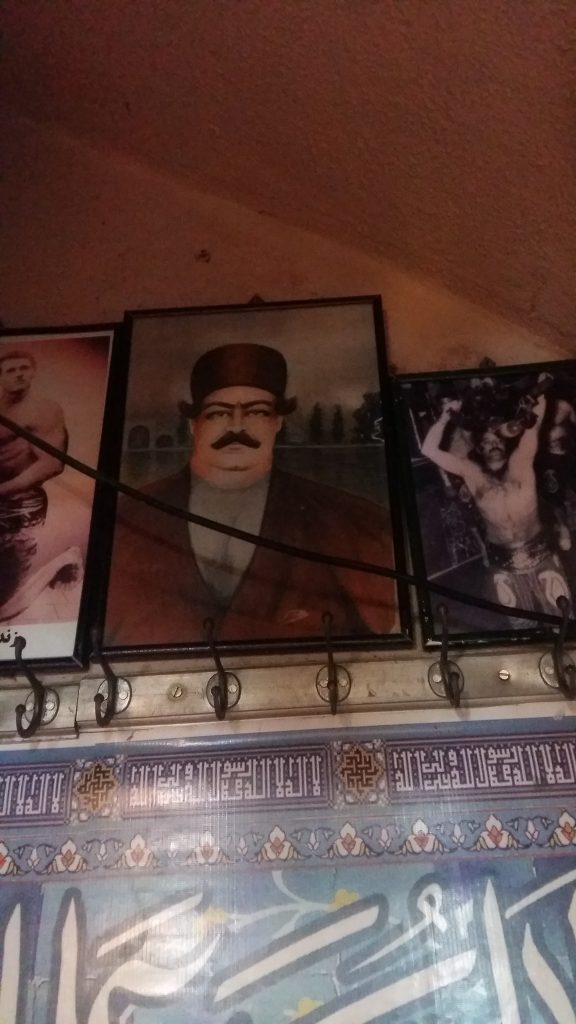
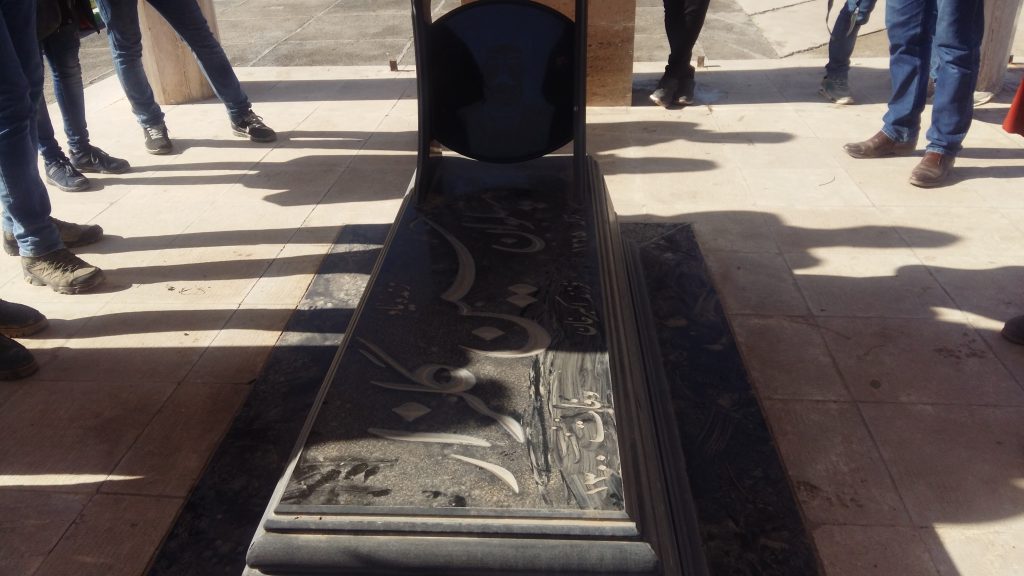

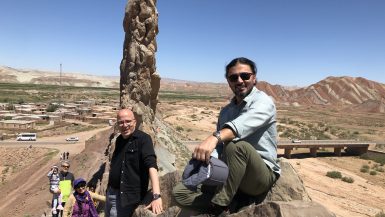

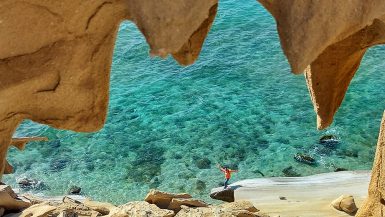
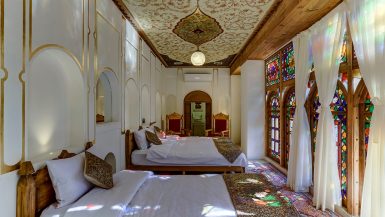
Leave a reply